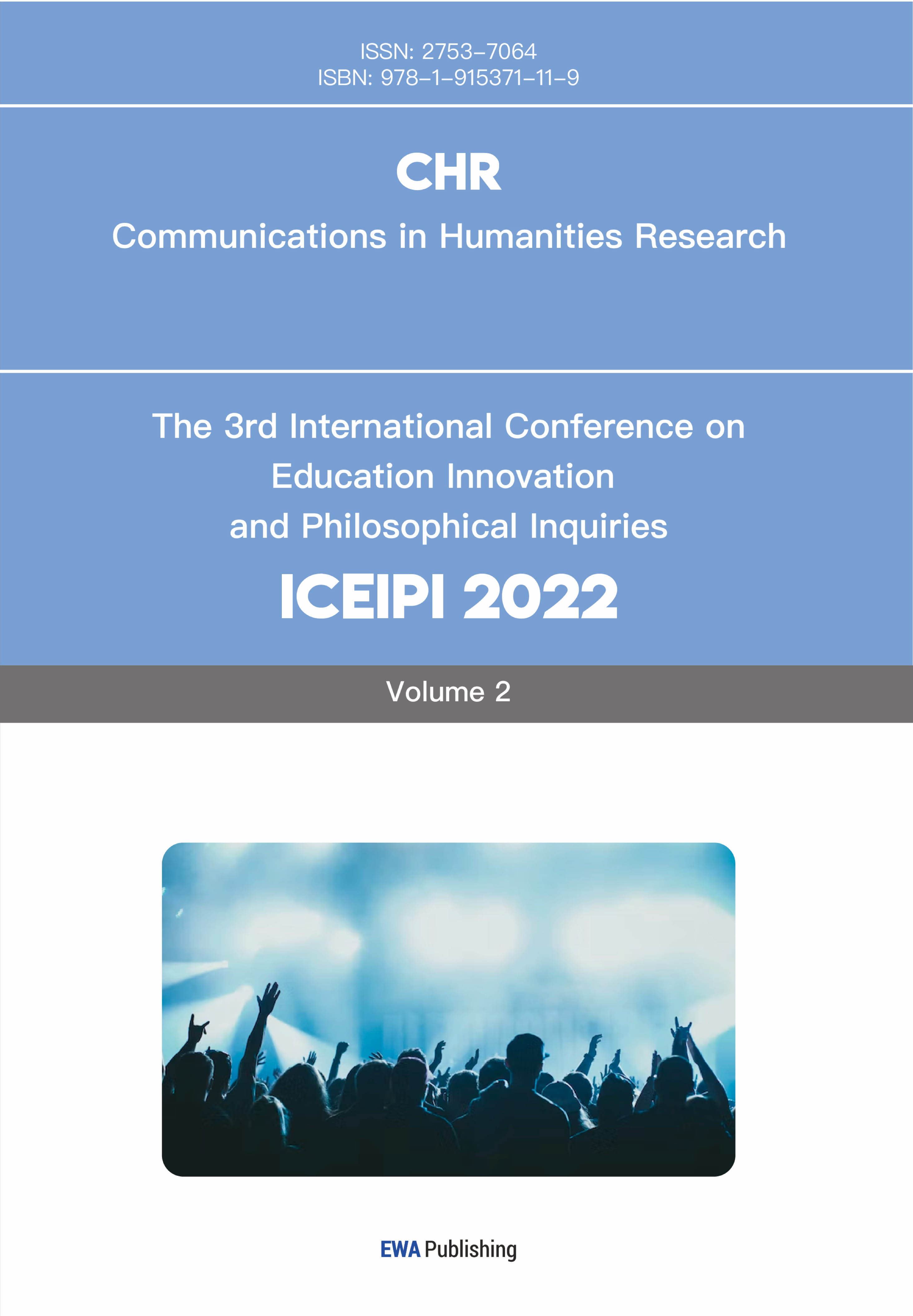References
[1]. Chen, X. (2020) The Development and Evolution of Editing Technology from the Perspective of Film Style. Modern Communication, 42(4), 112–117.
[2]. Eisenstein, S. (1949) Film Form: Essays in Film Theory (Leyda, J., Trans.). Harcourt Brace. (Original work published 1929)
[3]. Dancyger, K. (2014) The Technique of Film and Video Editing: History, Theory, and Practice (5th ed.). Focal Press.
[4]. Sun, P. (2024) Research on Rhythm and Emotional Expression in Film Editing Art. Video Image Research, 2024(3), 61–63.
[5]. Bordwell, D. and Thompson, K. (2016) Film Art: An Introduction (11th ed.). McGraw-Hill Education.
[6]. Murch, W. (2001) In the Blink of an Eye: A Perspective on Film Editing. Silman-James Press.
[7]. Liu, Y. (2019) A Re-exploration of Film Editing Aesthetics in the New Era. Contemporary Cinema, (1), 96–100.
[8]. Monaco, J. (2009) How to Read a Film: Movies, Media, and Beyond (4th ed.). Oxford University Press.



